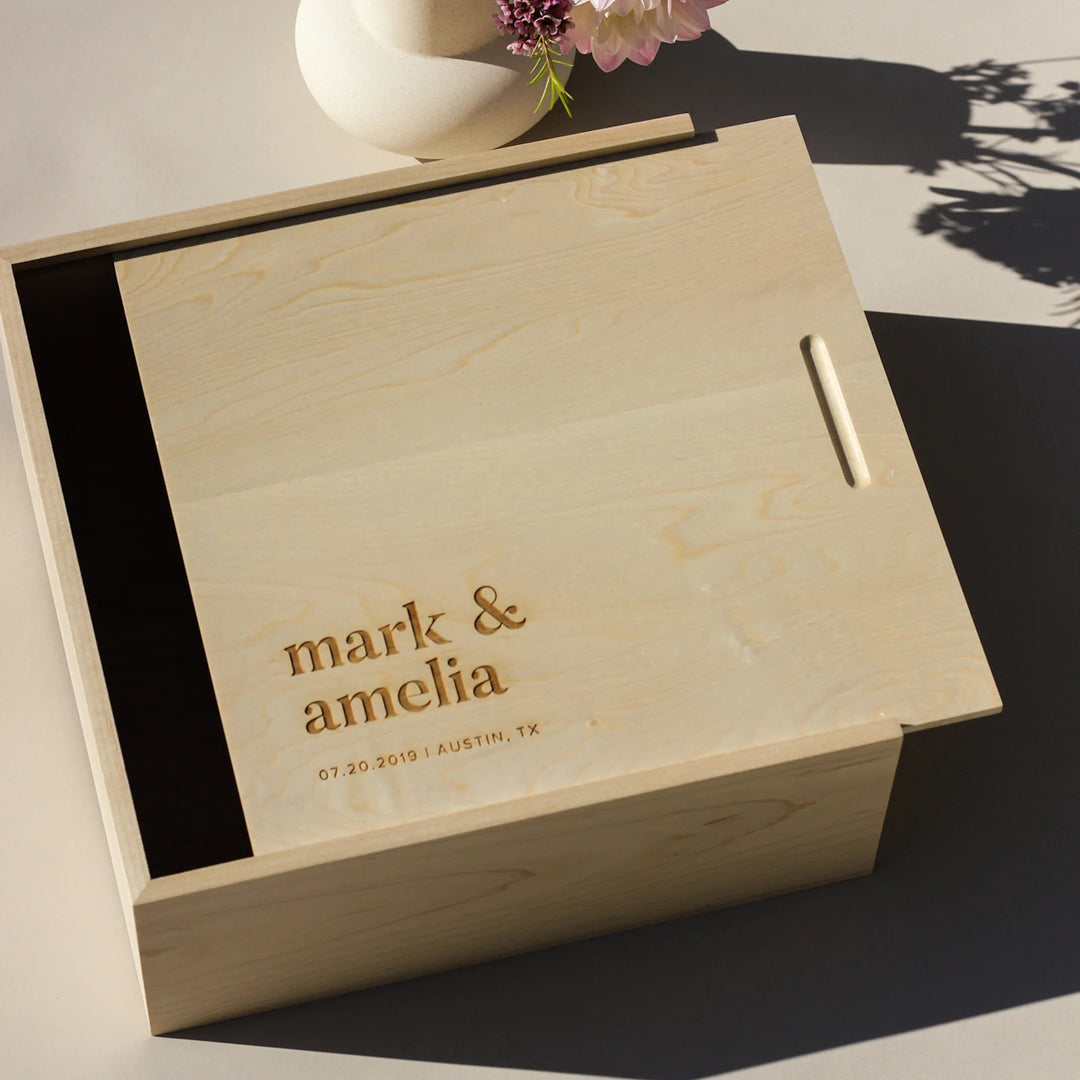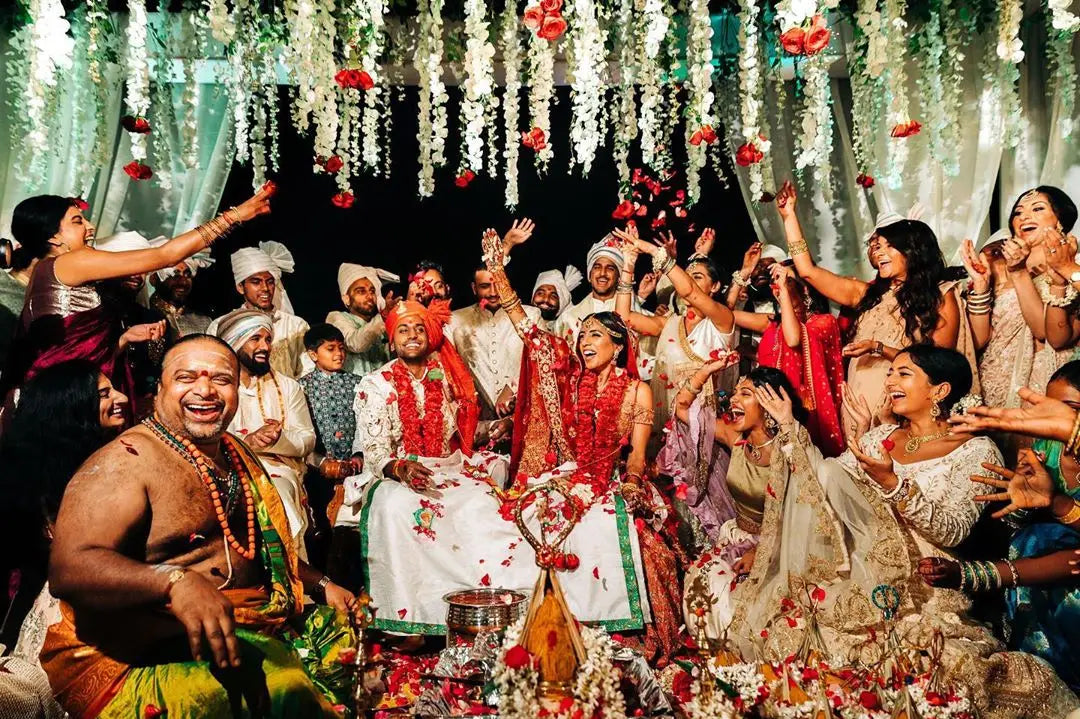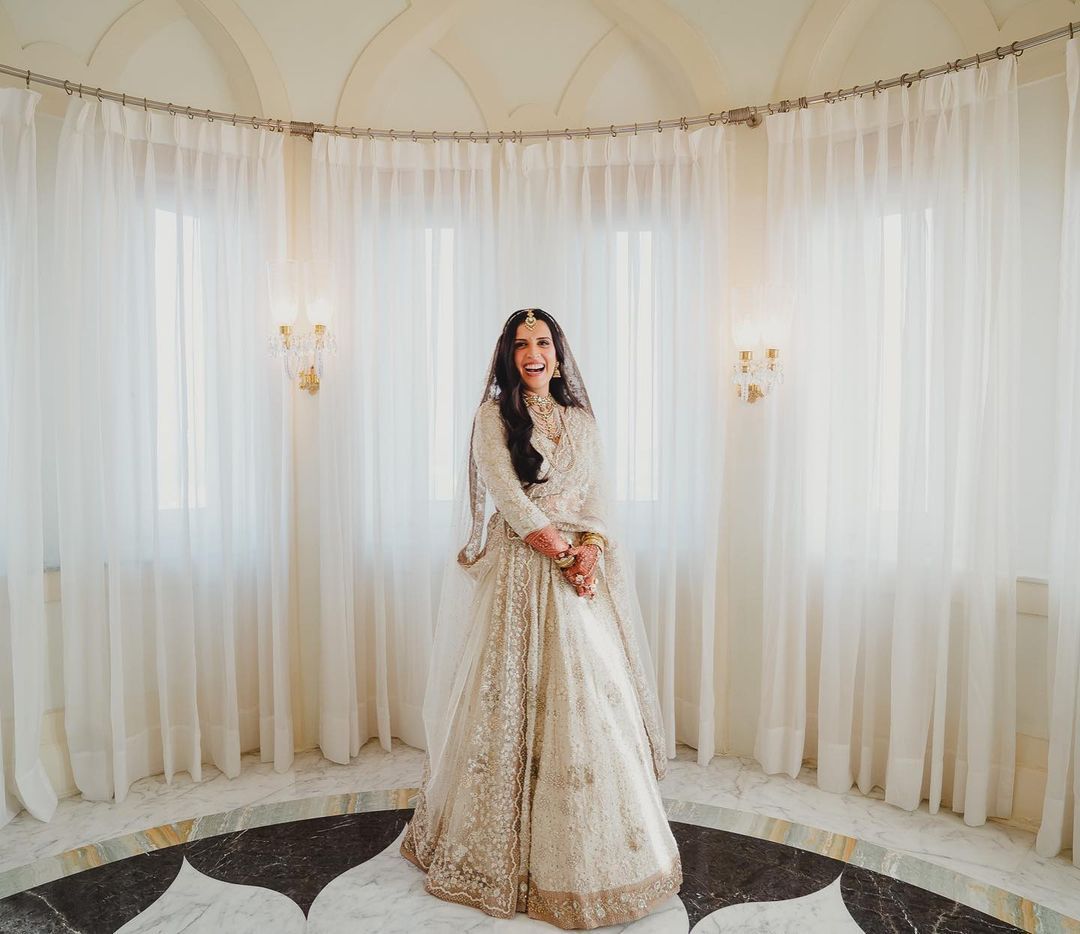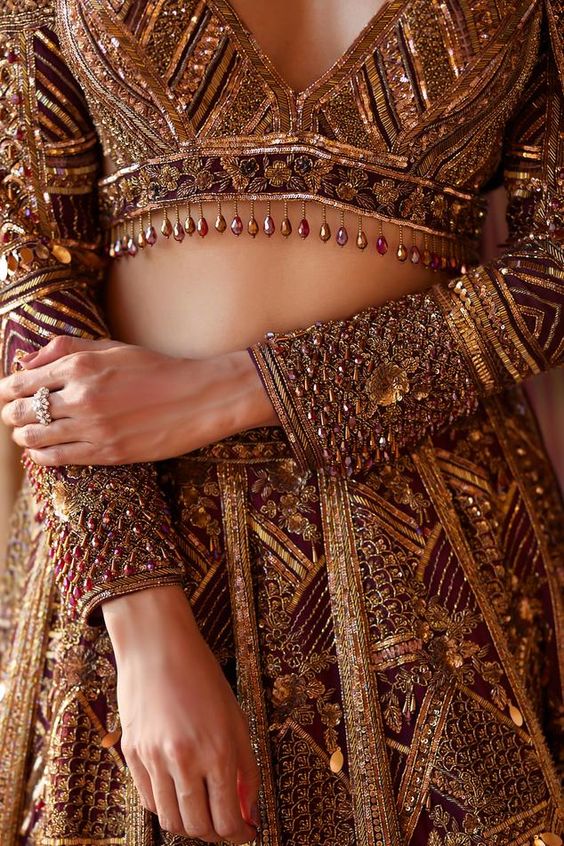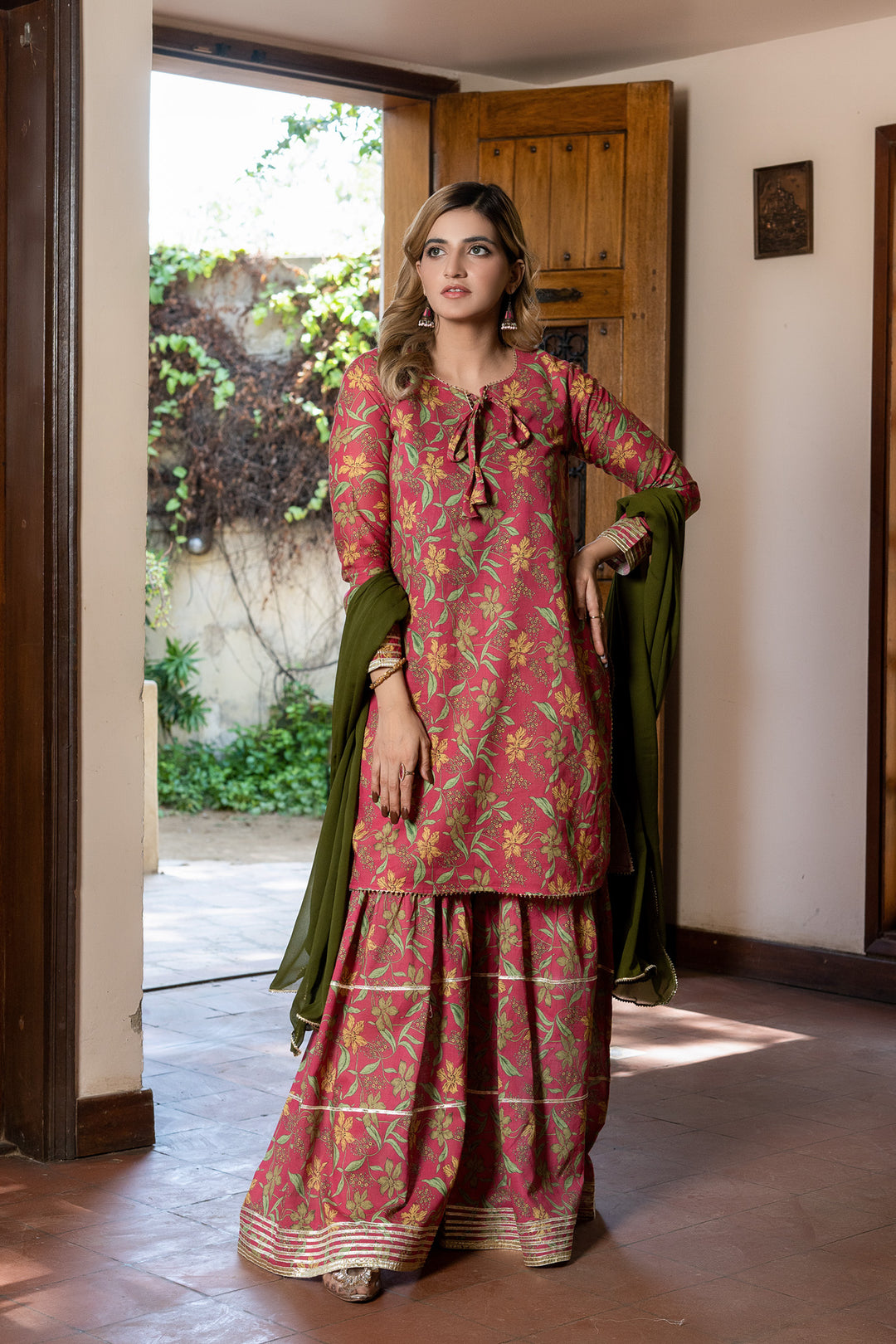Guide to South Asian Bridal Attire
Table of Contents
Introduction
Hey lovely brides-to-be! 💕 Welcome to the ultimate guide that will walk you through everything about South Asian bridal attire. If you’ve ever daydreamed about a South Asian wedding, chances are you’ve imagined the bride’s attire—a symphony of colors, textures, and artistry that defines the very soul of these grand celebrations. From the rich embroideries of a lehenga to the intricate weaves of a Banarasi saree, bridal outfits in Indian, Pakistani, Bangladeshi, and other South Asian cultures are more than just garments. They’re living narratives, carrying echoes of ancestral traditions, religious significance, and personal identity.
This comprehensive guide will walk you through every facet of South Asian bridal attire. We’ll explore classic silhouettes, delve into fabrics and embellishments, decode color symbolism, and offer insights on styling, accessories, and modern fusion trends. By the end, you’ll feel confident, inspired, and ready to curate a look that’s both timeless and distinctly your own.
Cultural Influences & Heritage
South Asia’s diversity is reflected in bridal attire. A Punjabi bride may wear a heavily embroidered red lehenga adorned with kaleere, while a Bengali bride might drape a Banarasi saree with intricate gold zari. Pakistani brides often opt for shararas, ghararas, or opulent lehengas in deep hues, paired with delicate dupattas and ornate jewelry. Each region, religion, and community brings unique aesthetics—Hindu weddings might embrace bright reds and golds, while Muslim ceremonies may lean towards pastel pinks, mint greens, or lavish velvet ensembles.
The essence? Every outfit is a tapestry woven from family history, local craftsmanship, and spiritual beliefs. Embrace what resonates with you, pay homage to your roots, or fuse influences to represent your journey. The freedom and depth of cultural expression is what makes South Asian bridal wear so captivating.
Types of South Asian Bridal Attire
There’s no one-size-fits-all bridal outfit in South Asia. Instead, there are silhouettes and styles tailored to personal taste, regional identity, and ceremonial context:
Lehenga
The lehenga—a skirt paired with a blouse (choli) and dupatta—is a go-to choice for North Indian, Pakistani, and even some fusion weddings. It offers endless variations: A-line, circular, mermaid, or panelled, each flattering different body types. Embroidery, zardozi, resham work, or mirror embellishments can make it regal and festive.
Popular Styles:
- A-Line Lehenga: Perfect for nearly every body type, this lehenga gives that universally flattering silhouette, starting with a fitted waist and flaring out gracefully. It’s timeless, elegant, and won’t go out of style.
- Circular Lehenga: This is the drama queen of lehengas. The incredible volume and multiple layers make it perfect for creating that fairytale princess vibe.
- Mermaid/Trumpet Lehenga: Fitted from the waist till the knees, this type accentuates your curves before flaring out dramatically. It’s modern, chic, and a great choice if you’re feeling confident about showing off your silhouette.
When to Wear a Lehenga?
Lehengas are versatile enough to be worn for various wedding events—from the sangeet to the main ceremony or reception. The key is in the styling. For a sangeet, you might choose a lighter fabric to let you dance the night away, while the main ceremony calls for something opulent, like a silk or velvet lehenga.
“Lehengas are all about expressing yourself! If you love the idea of a dramatic entrance, a circular lehenga is your best bet—you’ll feel like royalty! For a modern twist, though, the mermaid cut is your go-to. It hugs in all the right places and then flares out for that wow effect. Just make sure you can move comfortably because trust me, dancing is non-negotiable!” 😉
Saree
Timeless and graceful, the saree is draped from a single piece of fabric, often highlighting the bride’s figure with understated elegance. Banarasi, Kanjivaram, Patola, and Chikankari sarees exemplify India’s textile heritage. A saree’s drape can differ by region—Bengali brides drape it one way, Maharashtrian brides another—reflecting cultural nuances.
Popular Varieties:
- Banarasi Saree: Straight from the heart of Varanasi, this silk saree boasts intricate gold or silver brocade work that will make you feel regal and effortlessly luxurious.
- Kanjivaram Saree: Known for its rich silk and beautiful temple border designs, this one’s a favorite for South Indian brides, exuding tradition and culture.
- Patola Saree: Originally from Gujarat, these sarees are all about bright colors and geometric patterns. They’re perfect for brides looking to make a vibrant, bold statement.
When to Wear a Saree?
Sarees are often worn during the wedding ceremony itself, especially for those brides who want to honor their cultural heritage in its purest form. Each region has its own way of styling and draping a saree, making it a unique cultural symbol.
“Listen, I know draping a saree can feel intimidating (why does it look so easy when my mom does it?!), but don’t stress. Practice makes perfect! Take a few afternoons with your mom or aunt to master it. And remember, safety pins are your best friend—they’ll save you from any wardrobe malfunctions!”
Sharara & Gharara
Popular in North Indian and Pakistani bridal fashion, these outfits feature flared pants—either divided at the knee (gharara) or flowing freely (sharara)—paired with a short kurti and dupatta. They exude grace, fluidity, and cultural authenticity, perfect for Muslim weddings or cross-border influences.
Gowns & Fusion Outfits
Modern brides sometimes opt for fusion gowns blending Western silhouettes with Eastern embroidery. This style can symbolize a bicultural identity or simply resonate with personal aesthetics. A gown might have Indian-inspired embroidery, zardozi patterns on a Western bodice, or a train adorned with gota patti work.
Other Styles
Anarkali suits, salwar kameez, or even simpler silhouettes may appear at pre-wedding events like Mehndi or Haldi. These outfits keep comfort in mind while still honoring tradition and style.
Fabrics & Embellishments
Fabric choice sets the tone. Silk, brocade, and velvet lend luxury and depth—ideal for evening events or winter weddings. Banarasi and Kanjivaram silks showcase heirloom craftsmanship and heritage weaves. Chiffon, georgette, or net suits lighter, summer weddings, bringing ethereal drape and comfort.
Embellishments range from zardozi (metallic threadwork) and resham (floss silk embroidery) to gota patti (Rajasthani ribbon appliqué) and mirror work. Pakistani brides might embrace elaborate tilla or dabka work, while North Indian lehengas often flaunt intricate kundan or Swarovski accents. Choose detailing that complements your personal style—understated elegance or show-stopping glamour.
Colors & Symbolism
Colors carry emotional and spiritual resonance. Red stands for love and prosperity, a classic for Hindu brides. Pakistani brides may favor deep maroons, soft pinks, or pastels to mirror cultural sophistication. Greens evoke harmony and renewal, gold signals royalty and abundance, while jewel tones—emerald, sapphire, ruby—work beautifully for winter events or grand receptions.
Modern brides experiment with pastels, metallics, or even off-whites, challenging tradition while maintaining subtle nods to cultural symbolism. Consider your wedding’s theme, season, and your comfort level in spotlighting a particular hue. After all, color is communication, and you’re telling your love story in vibrant shades.
Styling & Accessories
Bridal attire doesn’t stand alone—it’s elevated by jewelry, makeup, and hairstyling. A maang tikka, a nath, layered necklaces, jhumkas, and bangles frame the face and enhance the ensemble. Choose pieces that balance your outfit’s embroidery; if the attire is heavy, go lighter on jewelry, and vice versa. Don’t forget the dupatta—draping style can change the entire silhouette, from a traditional head-covering to a contemporary, over-the-shoulder cascade.
Makeup should complement your outfit’s palette. A bold red lip for a classic red lehenga, or softer pastels for a mint or blush ensemble. Henna (mehndi) on hands and feet adds intricate artistry and auspicious meaning. Complete the look with footwear—mojaris, sandals, or heels that blend comfort and style.
Event-Specific Bridal Looks
South Asian weddings often span multiple events, each calling for a distinct look:
- Mehndi: Bright, playful outfits—like a lighter lehenga or an Anarkali—paired with floral or gota jewelry. Colors can be vibrant: yellows, greens, and pinks reflect the celebratory mood.
- Sangeet: Glamorous and dance-friendly attire. A sequined lehenga-choli or a fusion gown works well. Opt for accessories that won’t get in the way of your dance moves.
- Nikah (Muslim Weddings): Often subtle and elegant. Pastels, ivory, or soft gold. A saree, sharara, or lehenga with gentle embroidery, and a modest dupatta style reflecting cultural grace.
- Haldi: Simple and functional, often in yellow or white cotton suits. Minimal jewelry to avoid stains from turmeric paste.
- Reception: Opulent and grand. Rich fabrics, ornate embroidery, and statement jewelry to leave a lasting impression.
Modern Trends & Fusion Styles
Today’s brides aren’t bound by tradition alone. Many experiment with unconventional colors (mint, lavender, champagne), minimalist embroidery, or offbeat silhouettes. Fusion outfits—like pairing a Western-style blouse with a traditional lehenga, or incorporating a cape dupatta—offer a contemporary edge. Sustainable and eco-friendly fabrics are also gaining popularity, allowing brides to honor tradition without compromising on modern values.
These choices reflect changing times, interfaith unions, and the global influence of fashion. Embrace what resonates with your personality, whether it’s a timeless Banarasi saree or a modern gown with Indian embellishments. It’s your moment—own it.
Practical Tips & Inspiration
- Start Early: Give yourself at least 3-6 months to find and tailor your bridal outfit, especially if you’re considering custom embroidery.
- Set a Budget: Bridal attire can vary widely in cost. Decide your maximum spend before falling in love with a piece that breaks the bank.
- Comfort is Key: You’ll wear your outfit for hours of ceremonies, photos, and mingling. Test walking, sitting, and dancing in it to ensure ease.
- Research & Experiment: Browse local boutiques, Instagram, bridal magazines, and Pinterest. Save images of outfits and details you love, then refine your vision.
- Trust Your Instincts: Cultural expectations matter, but the final choice should feel authentically you. Balance family traditions with personal style to create a look you’ll cherish.
Ready to refine your vision? Explore our Jewelry & Colors Guide or the Groom Attire Guide to harmonize your looks. Bookmark this guide, share it with your partner or wedding planner, and revisit as you finalize details. Your bridal attire should feel like a celebration of your past, present, and the love story you’re about to begin.
Real Bride Stories
- Anika’s Classic Banarasi Saree: Anika honored her grandmother’s legacy by choosing a red Banarasi saree woven in Varanasi. Paired with heirloom gold jewelry, she embodied timeless grace. Read Full Story
- Sara’s Pastel Lehenga: Sara opted for a mint-green lehenga with light silver embroidery, reflecting her modern taste and easygoing personality. She added a floral maang tikka for a whimsical touch. More Pastel Looks
- Nida’s Fusion Gown: Nida blended a Western gown silhouette with South Asian zardozi work. Her soft ivory attire bridged continents and traditions, celebrating her multicultural upbringing. Explore Fusion Styles
These brides show there’s no single definition of perfection. Embrace what speaks to your heart, experiment wisely, and trust your instincts.
FAQs
- How do I choose between a lehenga and a saree?
- It depends on comfort, personal preference, and event formality. Lehengas offer more movement and ease, while sarees epitomize timeless elegance. Try both and see which makes you feel most confident.
- What’s the best fabric for a summer wedding?
- Lightweight fabrics like chiffon, georgette, or blended silks are breathable and comfortable in hot weather. They drape beautifully and won’t weigh you down.
- How can I accessorize without overdoing it?
- If your outfit is heavily embellished, choose fewer statement pieces. If it’s simpler, layer on more accessories. Always do a test run to ensure harmony and comfort.
- What if I don’t want the traditional red?
- Modern brides are embracing pastels, blues, greens, even whites. Choose a color that resonates with you and matches the wedding’s theme. Tradition evolves, and so can your palette.
Still have questions? Check out our upcoming Q&A sections or consult with a trusted designer or stylist who understands cultural nuances and personal aspirations.





